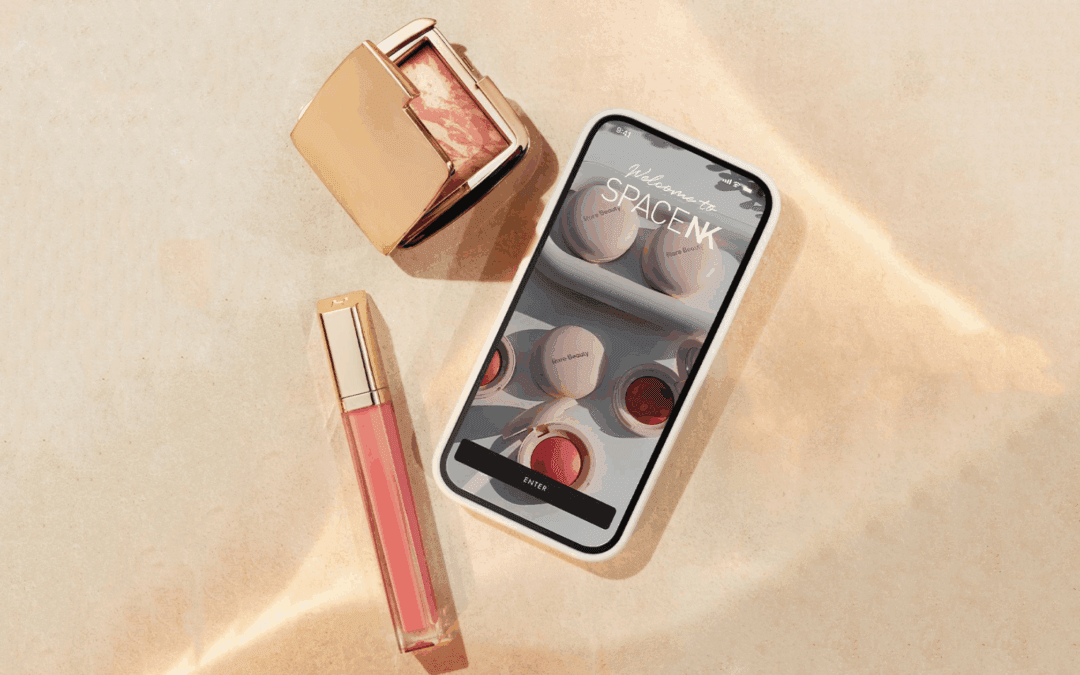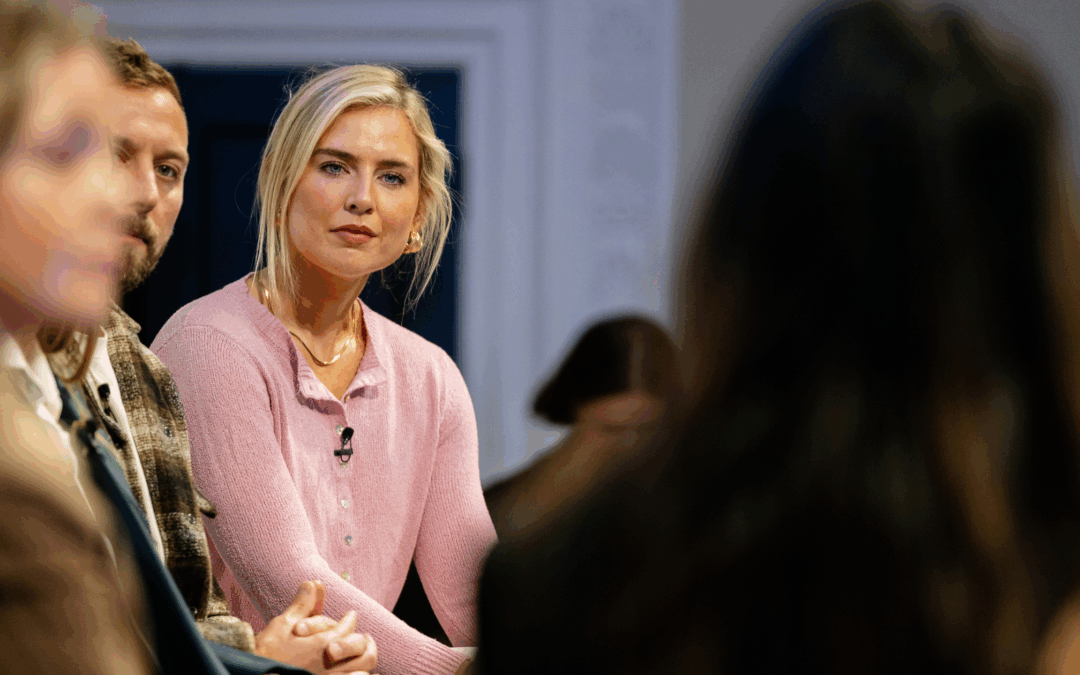With the 1970s boom in unisex salons came the introduction of gendered hairdressing costs. 50 years on, these binary pricing systems feel outdated and increasingly unjust.
Trevor Sorbie has launched a new initiative ‘YOU’, designed to urge more salons to switch to a singular pricing system. Here, the team tells all…
‘This isn’t just the disenfranchisement of the LGBTQ+ community, it’s the disenfranchisement of women everywhere,’ starts Rain Dove – American model, actor, and activist – when probed about why she is so passionate about fronting the campaign. ‘It really sets the precedent: ‘Should anyone really be able to charge women more for a product which costs the same?’’
Sorbie’s new campaign is all about answering the question with a simple ‘no’. From July first, the brand is one of the first national, heritage brands to make the switch to a singular pricing structure across all of its salons.
When the first Trevor Sorbie salon opened in 1979, gender neutrality was at the core of its brand values, however ‘due to competition, demographic, and location’ a number of its branches shifted to binary pricing. The team is putting its hands up and admitting it’s backtrack, with Dove saying: ‘The fact that the brand can find a way to heal and go back to their original intention is remarkable.’
The campaign comes off of the back of Rain Dove’s viral TikTok which charts her visits to numerous salons, where she unearths the reasoning behind binary costing. In the video, Sorbie’s Hampstead branch was the only destination with equal costs.
View this post on Instagram
‘At Sorbie, we weren’t allowed to use clippers for a long time, it’s always been about scissors over comb,’ starts Bree Davie, General Manager at the brand. She continues: ‘I believe that gendered pricing was introduced in the first place due to the use of clippers in shorter haircuts, but I just cut my brother’s hair and it took just as long as a longer style. So, it doesn’t make sense to have different costs.’
With an increasing number of salons making the change – see Aveda’s Butchers Salon – the Sorbie team is hoping to raise awareness via a striking visual campaign shot by Austin Fisher. ‘The imagery had to be strong but simple at the same time, as this is meant to prompt a bigger conversation,’ explains Guiseppe Stelitano, Creative Director, ‘I wanted to move away from traditional double-page-spread hair imagery, and do something really different. After all, this isn’t just about hair.’
Back to business, how are the team tackling customer reaction to price list changes?
‘Our Brighton and Manchester teams were really worried that they were going to lose all of their guests,’ admits Bree. ‘We drew up the numbers considering the frequency of visits, and how much money loyal customers were bringing in, and for a select group of frequent guests we introduced a loyalty programme which we are phasing out currently.’ Rain goes on to add: ‘You can’t underestimate the power of a hairdresser having just a really calm and accessible conversation with their client to increase their understanding of why change needs to happen.’
Alongside gender-neutral pricing, the Trevor Sorbie team has implemented training across all of its branches to ensure staff are equipped with the tools to create equitable and accessible environments in their salons.
Working with The Dress Code project, ‘the team created a personalised custom package for us because we know how unique the UK customer is,’ shares Bex Ohta, Head of Marketing at the salon brand. ‘It was a very open and honest conversation between us and the staff across our locations, we worked to deliver the training on language and how to create a safe space in salons and they responded with feedback on how it could be naturally implemented into their stores.’
The team hopes that the campaign will highlight the brands striving to make the hairdressing industry more equitable and promote better practices in places where equality isn’t embedded. ‘I want to eliminate labels in the salon space and let all individuals be free to do whatever they want’ finishes Guiseppe Stelitano. ‘Sometimes I feel like we try to remove boxes, then implement even more labels, it’s simple – hair has no gender.’




